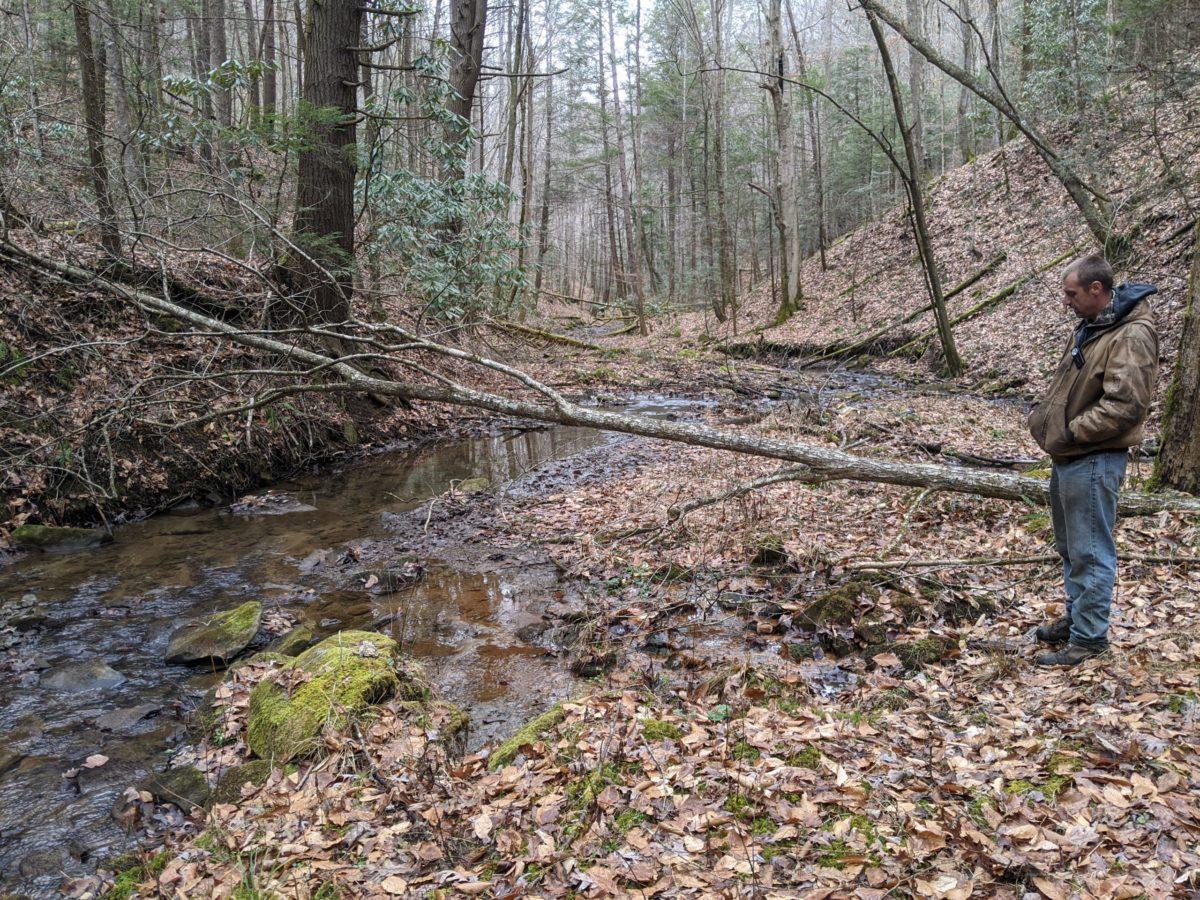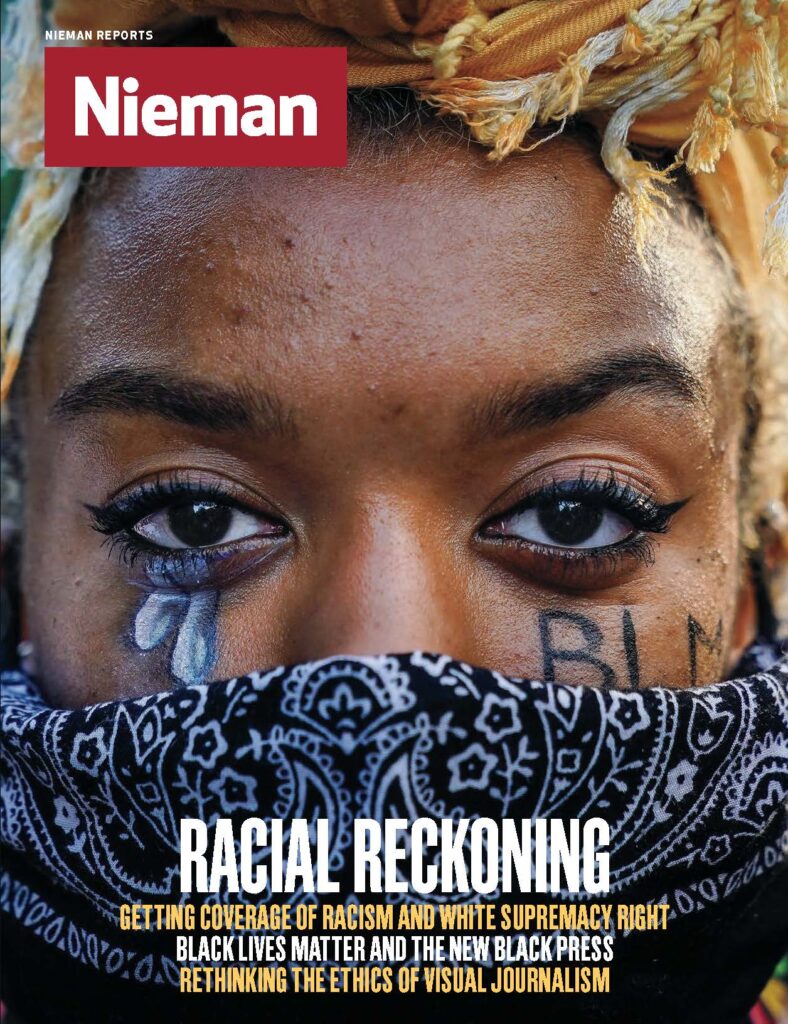I’d already been working for a consortium of outlets that was very supportive of this approach. Appalshop — a media-arts center in Whitesburg, Kentucky — has been making unnarrated documentaries for 50 years. It’s seen as a way to center the expertise of lived experience.
With funding for nine months of reporting, I wanted to get at a story that limited time and resources had previously kept me from pursuing as deeply as I’d wanted. I came back to Kentucky from Boston, with a little trailer for easy mobile reporting, and set off. I started with a few ideas for a story about infrastructure. I was curious to find a story connecting prisons and water, but struggled to gain access. When coal miners blockaded the railroad to protest unpaid wages, I thought that might become the focus, but the most powerful story I encountered was on a wooded mountaintop in McDowell County, West Virginia. The Easterling family used to have a reliable private water source, even after decades of coal mining all around them. Then after gas wells came and went, their springs and wells were poisoned with arsenic and other toxic contaminants. There’s no clear path to proving where the poison came, so no one is being held accountable.
“This is what always happens around here.” Chauncy Easterling told me. “When it don’t produce money for them no more, they walk off and leave it. And who’s stuck with it? We are.” Easterling is no stranger to how local industry centers profit over health — he worked for years in underground coal mines, which left him with black lung disease.
As seen from central Appalachia, this looks like a ubiquitous pattern of runaway extractive capitalism. There are growing levels of danger to workers, more intrusive and toxic extraction methods, and of course the carbon emissions that threaten the whole planet.
The story came together in the end as a five-minute unnarrated radio piece, as well as a shorter animated video version, and write-up, and an interactive map, which were posted and broadcast by public radio stations across Kentucky, Ohio, and West Virginia. I’m hopeful that the voices in this story can serve as a warning and a wake-up call, but I think there’s only so much a story can do in the face of a callous and entrenched power structure.
I’m hoping now to go a step further in the direction of empowering and centering marginalized voices. Starting this summer, instead of working as a reporter and storyteller myself, I will be working for the Appalachian Media Institute, training young media producers who are getting paid and equipped to tell their own stories, and the stories of their communities.




